Many commercial drivers worry about one critical question: Can you lose your CDL for an out-of-state DUI? The answer could mean the difference between keeping your livelihood and facing license suspension or job loss. In this guide, we’ll break down how an out-of-state DUI affects your CDL license, explain interstate DUI laws, and offer tips to protect your commercial driving career.
How Out-of-State DUIs Affect CDL Holders
If you have a CDL license and are charged with a DUI in a different state, federal and state laws work together to ensure that your home state DMV is notified. The consequences can be severe:
Automatic CDL Suspension: Most states will suspend your commercial license immediately upon conviction — even if the DUI happened elsewhere.
Federal Disqualification Rules: According to FMCSA regulations, a CDL holder with a DUI in any state faces at least a 1-year disqualification for a first offense.
Employer Notification: Employers are required by DOT regulations to check Clearinghouse records, meaning your DUI will not remain hidden.
CDL License Out of State DUI: Key Legal Facts
Driver License Compact (DLC): Ensures your home state learns about any DUI convictions from other states.
National Driver Register (NDR): A national database tracks problem drivers — including CDL holders — across state lines.
Commercial Disqualification Periods:
1st Offense (DUI): 1-year CDL disqualification (3 years if transporting hazardous materials).
2nd Offense: Lifetime disqualification (with possible reinstatement after 10 years in some states).
What Happens if You Get a DUI in Another State?
Arrest & Charge in Other State
Conviction Reported to Home State DMV
Immediate CDL Suspension or Disqualification
Employer Verification Through FMCSA Clearinghouse
✔ CDL drivers are legally required to inform their employer of DUI charges within 30 days, regardless of state.
Can a CDL Be Revoked for an Out-of-State DUI Without Driving a Commercial Vehicle?
Yes — CDL holders face stricter penalties than regular drivers. Even if you were driving a personal vehicle during the DUI, your CDL license can still be suspended or revoked due to FMCSA guidelines.
✔ Learn how to return to duty after a DUI on our DOT SAP Program page.
Interstate DUI Laws Impacting CDL Drivers
| Violation | CDL Impact |
|---|---|
| DUI in personal vehicle | CDL disqualification applies |
| Refusing chemical testing | Immediate CDL suspension |
| Multiple state DUIs | Possible lifetime CDL disqualification |
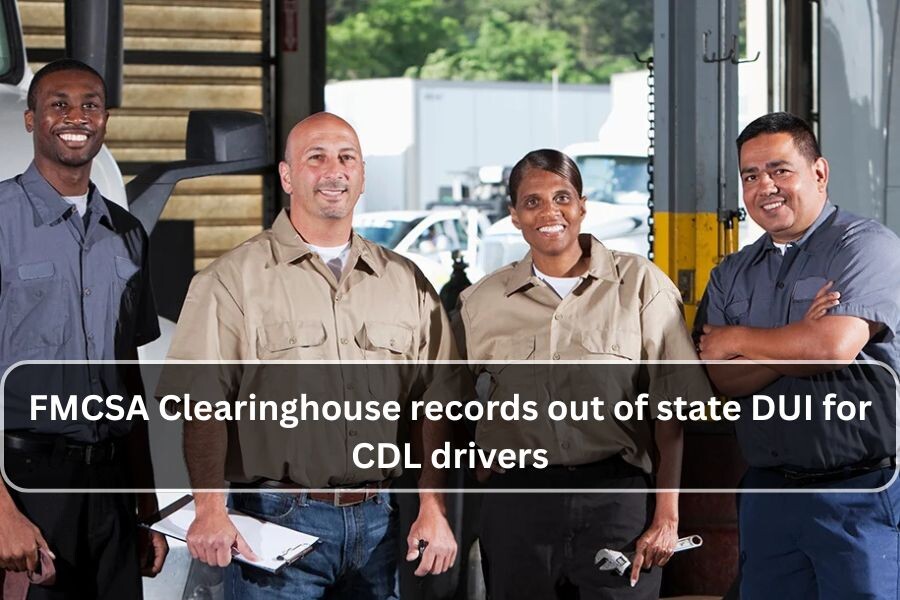
FAQs: CDL License Out of State DUI
Q1: Will my employer find out about an out-of-state DUI?
Yes. The FMCSA Clearinghouse alerts employers about CDL driver violations.
Q2: How long will my CDL be suspended after an out-of-state DUI?
At least 1 year for a first offense; lifetime disqualification for a second offense.
Q3: Can I regain my CDL after an out-of-state DUI?
Possibly, but you must complete a DOT SAP Return-to-Duty program and fulfill all DMV requirements.
Consequences of Ignoring Out-of-State DUIs as a CDL Holder
Loss of CDL and employment
Permanent DOT violation record
Higher insurance premiums
Limited future employment in transportation industries
For help with DOT SAP Evaluations and Return-to-Duty procedures, visit our SAP Evaluation Services.
Conclusion
So, can you lose your CDL for an out-of-state DUI? The answer is a resounding yes — and the consequences can be career-ending. CDL drivers are held to the highest safety and legal standards across all 50 states.
If you’ve received an out-of-state DUI, act quickly: consult an attorney, complete any required assessments, and start the DOT SAP Return-to-Duty process if needed.
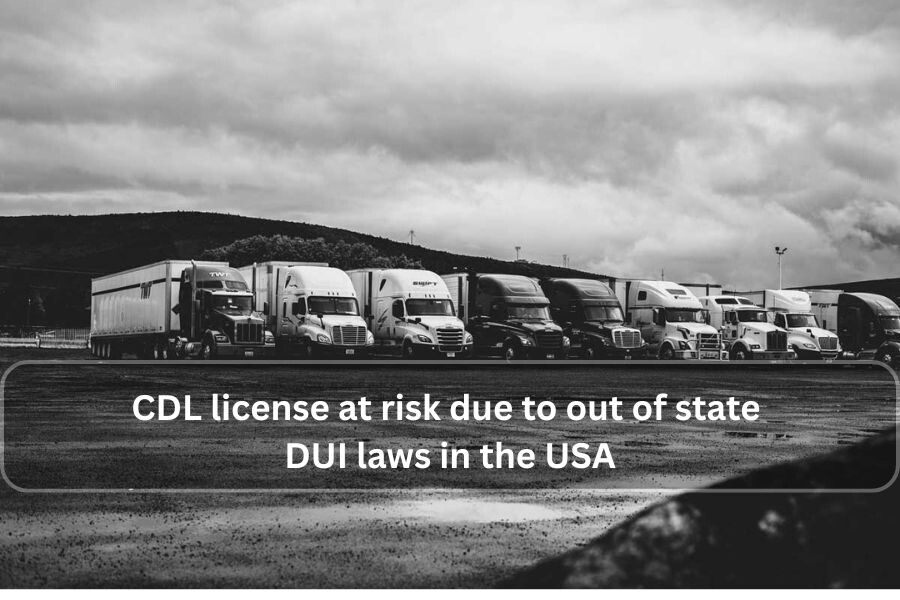
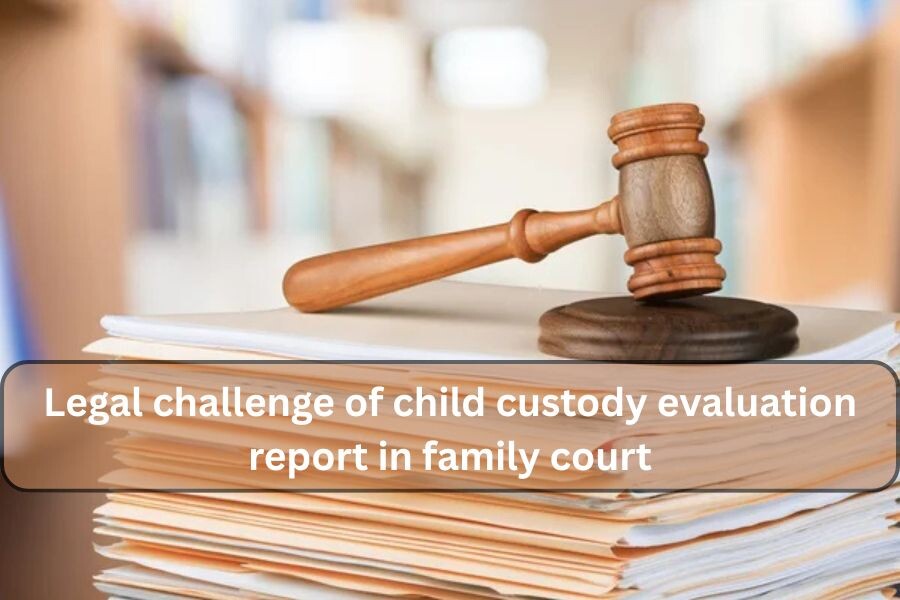

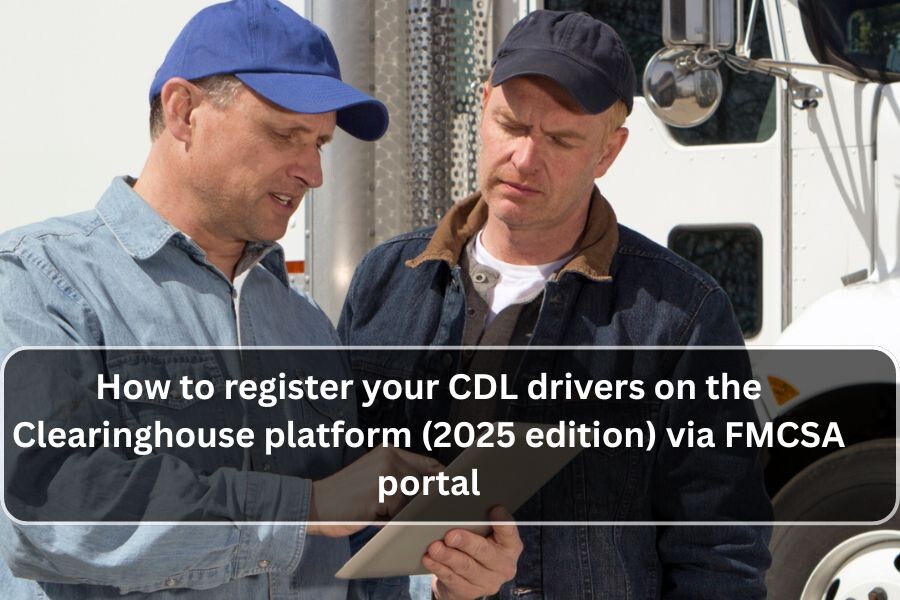
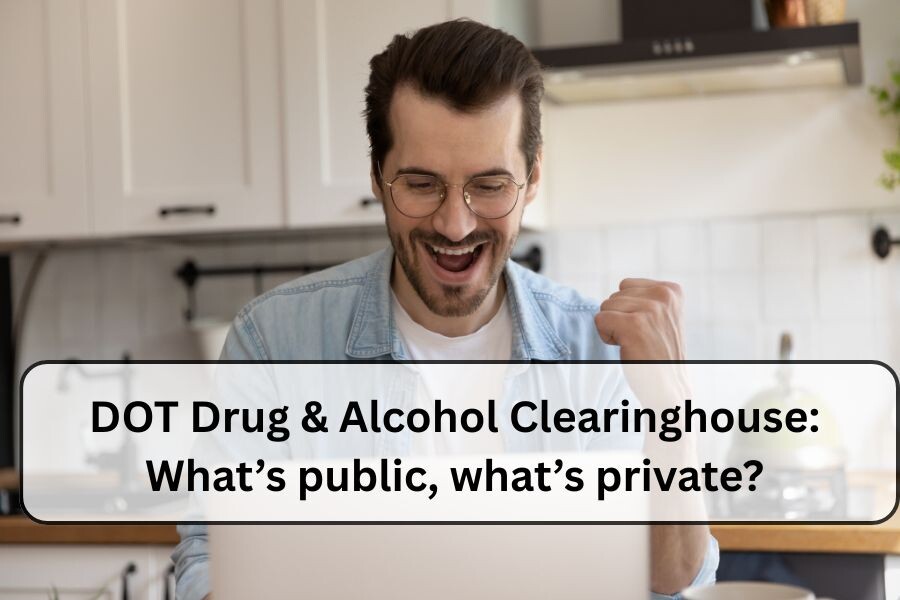
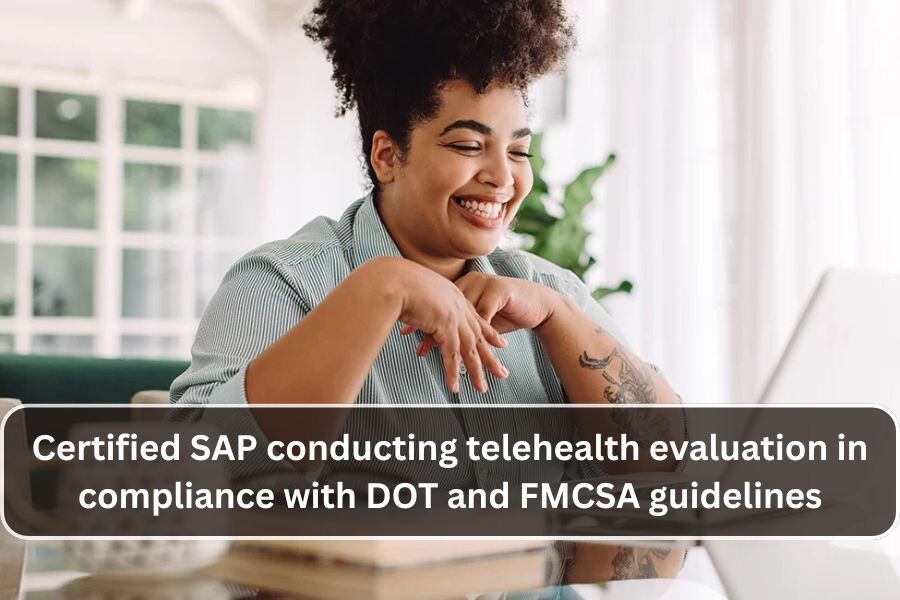
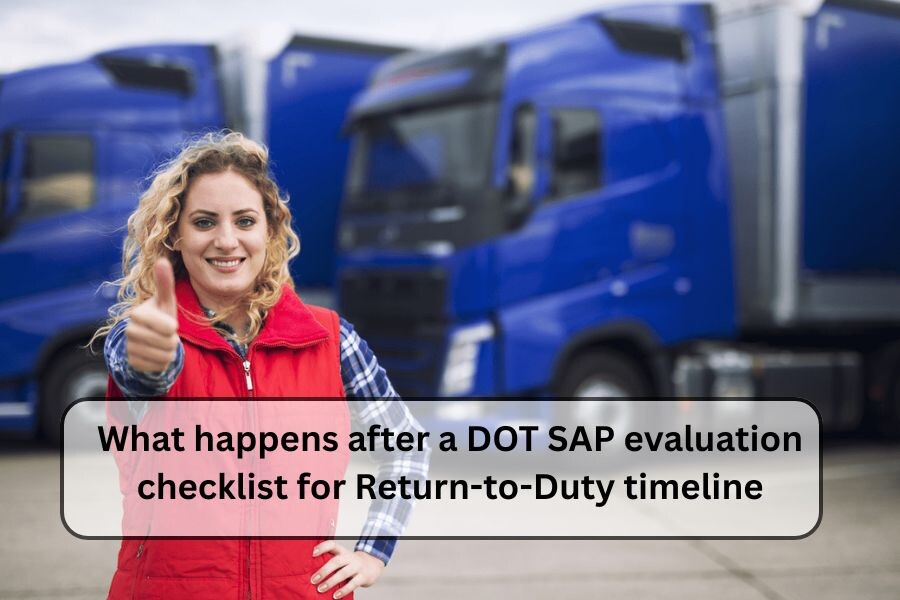
![Step-by-Step Guide to Reinstating Your CDL After a DOT Violation [2025 Update]](https://www.aacscounseling.com/wp-content/uploads/2025/06/Comprehensive-Insight-Alcohol-and-Drug-Evaluation-Questions-and-Duration-Explained-2-1.jpg)


